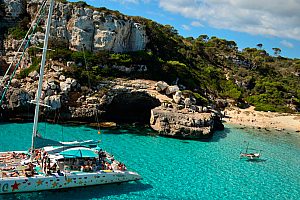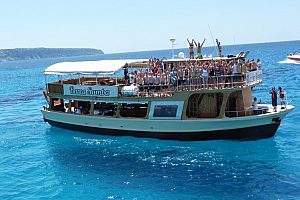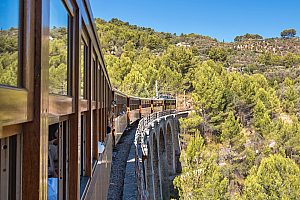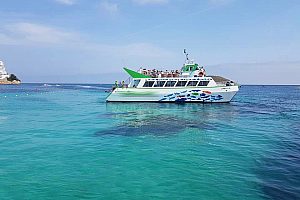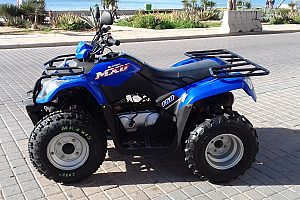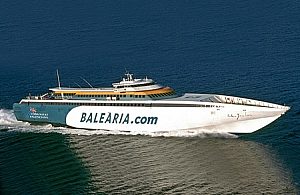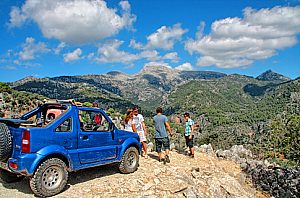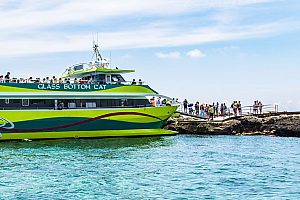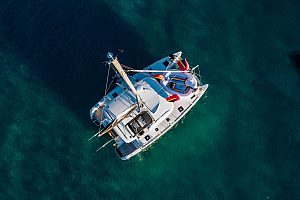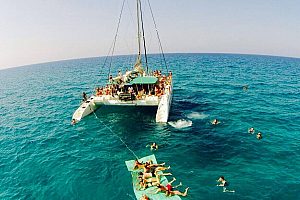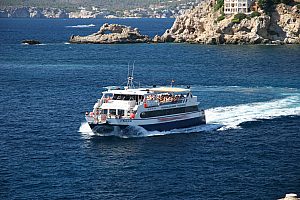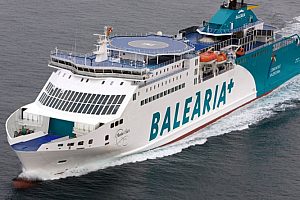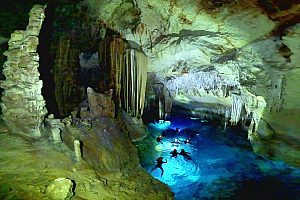Mallorca discover by region

Where to go in Mallorca? If this question is on your mind, our regional portrait comes at just the right time. Mallorca has many facets and, measured by its size, is much richer in contrast than one might think. Each of the regions to the east, west, south and north plays a trump card.
Mallorca Palma
Less than 10 minutes from the airport, Palma is one of the most beautiful cities in southern Europe and the economic centre of the Balearic Islands is located directly on the sea. The bay of the same name (Bahia de Palma) looks like a court of honour from above, which is replaced inland by the majestic Sa Leu Cathedral and is a pointer to the historic pound of Ciutat - this is how the Majorcans call their capital. Some 450,000 people live in the centre and the urban settlements spread along the 40 km of coastline. To the west, the line reaches as far as the more noble resorts and to the east as far as Arenal.
Palma is a pleasant metropolis with international flair. The city has a great historical heritage and is rich in culture. Long before Mallorca became famous for beach holidays, people came here to immerse themselves in the history that emanates from its monuments and old town. It is a place where people like to be engulfed by the labyrinth of alleys and stroll through the ages. Furthermore, Palma is a world cuisine. Culinary delights can be sampled from every continent and endless shopping is possible. The magnificent Borne boulevard is one of the most popular shopping miles of all.
Mallorca Southwest
The southwest of Mallorca offers well-established features and is considered by many as a social hotspot with the highest possible prominence. On the one hand, this is due to established holiday resorts such as Santa Ponsa, Andratx, Port Portals and Paguera, but also to the modern marinas that have grown up in this coastal area and attract well-heeled sailing enthusiasts from all over the world. The proximity of the southwest to the capital Palma is a plus point that not only the jet set appreciates. In the municipality of Calvia many people have been spending their holidays for years - in many places German is spoken and the infrastructure is comfortable.
Golf, sunbathing, sailing and diving are pretty much the most popular leisure activities in the southwest of Mallorca. At the same time, this region is the starting point for numerous hikes, especially to the west of the island. With Dragonera there is also a small natural beauty off the southwest coast. And between all these towns and luxury resorts you will find charming, welcoming coves and family-friendly beaches.
Mallorca West
It is particularly appreciated by nature lovers who like to have the sea and the mountains close together. The west is the home of the Sierra Tramuntana. This mountain range, which has the well-deserved World Heritage title, winds its way from the southwest to the far north, creating an impressive backdrop between Banyalbufar and Sa Calbora, bringing with it several thousand metre peaks. The west is much wilder than the flat coasts of the south and offers a completely new perspective on Mallorca. If you take the coastal road in the sunshine and a fresh breeze, you will be amazed by the poignant views and enjoy the charming mountain villages waiting between the terraces on the mountainside. The most famous are Valdemossa and the artists' village of Deia. Port Sóller, a very fashionable seaside resort, is also part of this region's repertoire, and Torrent de Pareis is definitely the most exciting gorge on Mallorca. Not forgetting the sanctuary of Lluc, whose sanctuary attracts a million people every year.
Mallorca North
Far to the north, Formentor stretches into the sea - like a wing of the Tramuntana. We are located at the northernmost point of Mallorca and stand on a half-island which tourists always visit at least once. Because it is an experience to wind your way through the many hairpin bends to the north of the island, passing some of the most beautiful bays until you finally reach the lighthouse, which without question exudes a certain magic. But it is not only the views to the north that are beautiful, nature is, and so are many of the most famous places. Those who spend their holidays in the north like to have a more individual approach or love water sports. This is what the region with the double bay of Pollensa and Alcudia stands for like no other.
Mallorca East
Many people think that Mallorca really starts here: in the beautiful east. A region like a big puzzle, a little bit of everything. A unique landscape with a horizon on one side and comfortable holiday resorts on the other. Many people rightly connect Cala Millor, Cala Bona, Canyamel, Porto Cristo and the dragon caves with the east, further north Cala Ratjada and further south the holiday road Ma4014. In fact, this region is compact and varied like no other. There is the rugged coastline with secluded coves, stunning nature, the small mountain range of the Serra de Llevant and family-friendly, well-equipped beaches. This is what makes the east particularly appealing to families with children. The enormous range of sports and leisure activities on offer and a wide variety of nightlife also make the region interesting for package holidaymakers. You can't go wrong with the east in Majorca.
Mallorca South
Nowhere does it get as hot as in the south of Mallorca and probably this is why this region is closer to the Caribbean than any other part of the island. Es Trenc and Platja es Carbó are two of the most beautiful beaches in Mallorca, with white sand and turquoise waters. With a little distance to the coast, the south of Mallorca is still very rural and traditional. This is also represented by the central town of Campos. The southernmost point of the area is Cap de Ses Salines with its lighthouse and an enchanting coastal hiking trail. Still today sea salt is extracted in the south of Majorca, the salt fields can be visited. What also distinguishes this region is the lack of oversized holiday centres like those found in the southwest or east. The south is dominated by charming fishing villages, a wonderful hinterland and agriculture. All in all this is very authentic and a recommendation for everyone who wants to get to know more of Mallorca than what everyone knows.
Mallorca Centre of island
For a long time the centre of the island did not appear at all, but it has become more and more popular among island connoisseurs in recent years. The centre of the island not only stands for romantic finca holidays, it is also where the original Majorca is located and where the many good things that give Majorcan cuisine its unmistakable flavour grow. The plain - also called Es Pla - is the granary of Mallorca. Here lies the Wine Route and here the traditional handicraft still reigns. For the centre of the island there are especially villages like Binissalem, Algaida, Campos, Sineu, Porreres and Petra. Those who would like to get to know this region either go on a wine tour or cycle past the seemingly endless dry stone walls from one place to the next.
Bestsellers Mallorca
Maybe you are interested in the following activities and tours:

